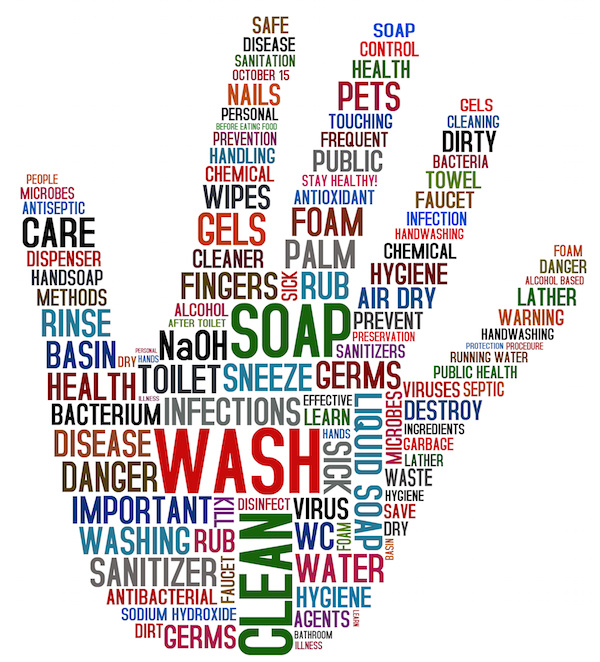
TUESDAY, Jan. 21, 2014 (HealthDay News) — Could a doctor’s white coat or necktie help spread germs among patients?
The jury’s still out on that question. But one of the world’s leading infection control organizations is raising that possibility under just-released germ control recommendations.
“White coats, neckties, and wrist watches can become contaminated and may potentially serve as vehicles to carry germs from one patient to another,” Dr. Mark Rupp, one of the authors of the recommendations issued Jan. 20 by the Society for Healthcare Epidemiology of America, said in a society news release.
“However, it is unknown whether white coats and neckties play any real role in transmission of infection,” added Rupp, chief of the division of infectious diseases at the University of Nebraska Medical Center. “Until better data are available, hospitals and doctor’s offices should first concentrate on well-known ways to prevent transmission of infection — like hand hygiene, environmental cleaning, and careful attention to insertion and care of invasive devices like vascular [blood vessel] catheters.”
Additional infection prevention measures could include limiting the use of white coats and neckties, or at least making sure they are frequently laundered, the society said.
“As these measures are unproven, they should be regarded as voluntary and if carried out, should be accompanied by careful educational programs,” Rupp said. “There is a need for education because the public, as well as health professionals, regard the white coat as a symbol of professionalism and competence. In the future, patients may see their health professionals wearing scrubs — without white coats, ties, rings, or watches.”
Here is a full list of the recommendations that appear in the February online issue of the journal Infection Control and Hospital Epidemiology:
- Keep arms bare below the elbows, which is defined as wearing short sleeves and no wristwatch, jewelry, or ties.
- Health care workers should have two or more white coats available and have access to easy and cheap ways to launder white coats.
- Coat hooks should be available so health care workers can take off their white coats before contact with patients or their immediate surroundings.
- Any clothing that comes in contact with patients or their immediate surroundings should be laundered frequently. If laundered at home, a hot water wash cycle (ideally with bleach) followed by a cycle in the dryer or ironing has been shown to eliminate bacteria.
- All footwear should have closed toes, low heels, and non-skid soles.
- Shared equipment such as stethoscopes should be cleaned between use on different patients.
- Items such as lanyards, identification tags and sleeves, cell phones, pagers, and jewelry that come into direct contact with patients or their surroundings should be disinfected, replaced, or eliminated.
Each year in the United States, there are 1.7 million hospital-acquired infections and 99,000 associated deaths, according to the federal Centers for Disease Control and Prevention.
More information
The National Patient Safety Foundation outlines what you can do to protect yourself from infections in the hospital.
Copyright © 2025 HealthDay. All rights reserved.

